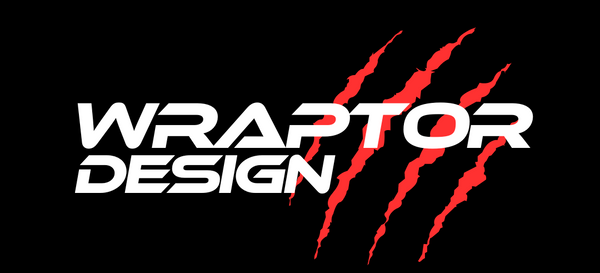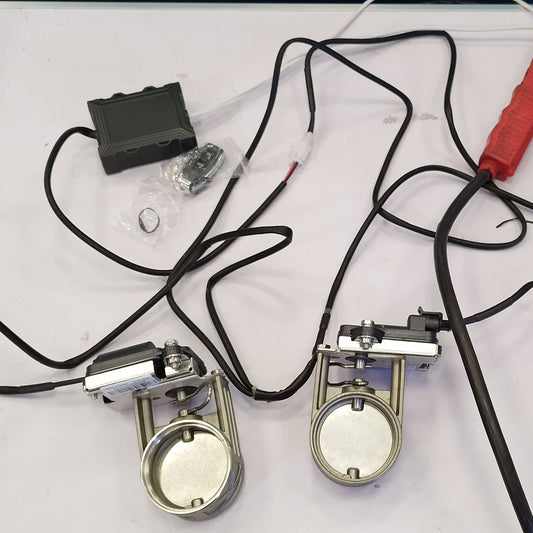Collection: Jaguar XJ X308 (1997–2003)
After the XJ40, Jaguar's intention was to launch a brand new saloon with a new V8 engine. Ford halted development of the saloon, termed XJ90, and proposed to install its new engine and front and rear ends onto the centre section of the XJ40 model; however, the V8 was not ready until after the X308 model, and the X300 went on to become one of Jaguar's most successful models. With the introduction of the X308 generation in 1997 came a switch from the XJ6 and XJ12 nomenclature to XJ8, reflecting the fact that the X308 cars were powered by a new V8 engine. The exterior styling of the X308 is similar to the X300 with minor refinements. The biggest change in the appearance was the switch to a stylistically rounded design for all of the exterior lights, indicators and interior trim and fittings, including information displays and switches.
The X308 kept much of the same exterior styling as its predecessor, carrying its rounded four-headlamp bonnet, low roofline, sloping tail, and wrap-around rear light clusters. From the front, the two generations can be differentiated by the shape of the indicator lenses (rectangular on the X300, oval on the X308), and also by the shape of the fog lamps and lower valance air intake, both of which are more rounded on the X308. The interior was updated to eliminate the rectangular instrument binnacle that had gone largely unchanged since the original XJ40; instead, three large gauges were set into recesses in the walnut-faced dashboard in front of the driver similar in design to the recently launched Jaguar XK (X100). The front and rear bumpers were both changed along with the taillights which had red/clear lenses rather than red/grey lenses. The grill surround and badging was slightly changed. The headlight fixtures also included forward parking lights housed with the brights, new to X308.[28]
Interior of a Jaguar XJR
The biggest change to the interior on the X308 was to the dashboard, which had remained essentially the same since the original XJ40 with only detail changes over the years. The rectangular instrument binnacle gave way to three deeply recessed dials similar in style to the recently introduced Jaguar XK8. The new fascia also allowed for the restoration of a proper glove compartment, which had been lost when the original XJ40 dash had been retrofitted with a passenger side airbag. Door trim and the design of the center console were also slightly revised.
The major mechanical change was the replacement of both the inline-six and V12 engines with new eight-cylinder AJ-V8 in either a displacement of 3.2 L or 4.0 L, with the 4.0 L also available in supercharged form in the Jaguar XJR, a sport-oriented model. Certain markets, such as the United States, only received cars powered by the 4.0 L version.[28] No manual transmission was available, and all X308 models were supplied with a five-speed automatic gearbox. Computer-controlled active suspension was available as a feature named Computer Active Technology Suspension (CATS).
-
METAL COOLANT “Y” PIPE UPGRADE FOR 3.0 AND 5.0 JAGUAR LAND ROVER SUPERCHARGED ENGINE
Regular price £120.00 GBPRegular priceUnit price / per -
WRAPTOR Quad Carbon exhaust tips Universal
Regular price £240.00 GBPRegular priceUnit price / per -
ACTIVE EXHAUST VALVES
Regular price £360.00 GBPRegular priceUnit price / per -
Proper Brake Caliper refurbishment by Wraptor
Regular price From £474.00 GBPRegular priceUnit price / per -
Wraptor Carbon Ceramic Big Brake System
Regular price From £7,800.00 GBPRegular priceUnit price / per -
Small WRAPTOR single exhaust tips carbon
Regular price From £72.00 GBPRegular priceUnit price / per -
Large WRAPTOR single exhaust tips carbon
Regular price From £72.00 GBPRegular priceUnit price / per






